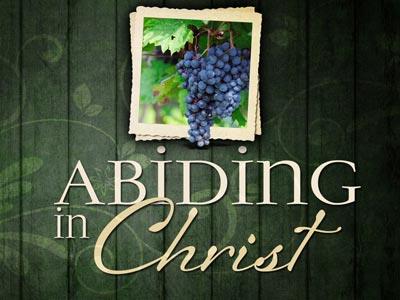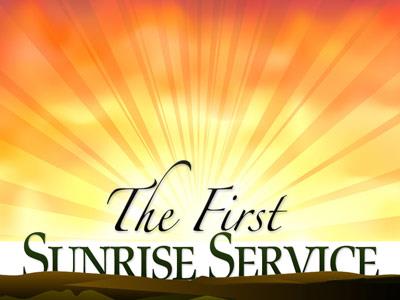-
God Is Holy, And God Is Coming (Revelation 4:1-11) Series
Contributed by Garrett Tyson on Oct 27, 2025 (message contributor)
Summary: As an encouragement, Jesus gives John a vision/revelation of heavenly reality. There is a throne higher than Caesar's. That throne isn't empty. And our holy God is coming soon.
Today, we find ourselves in the first of two chapters in Revelation, that I consider to be at its very heart. Revelation 4, and 5. Arguably, these two chapters in their own way are the very heart of the Bible, as well.
There are things in these chapters that are not necessarily obvious, that need explanation. Some of these are debated among scholars-- not sharply, or with bitterness. But more along the lines of, I think this, and you think that. There's a sense in which these disagreements don't matter really at all because those disagreements revolve around the outside of the scene. If you find that you are unpersuaded by parts of my sermon today, I'm not sure that there's ever been a time when I've cared less. And if you disagree, I'm not sure that there's ever been a time I've been less tempted to suggest an alternative. At the center of these chapters, we will see God seated on his throne, and the conquering Lion-Lamb. And these pictures are designed to give you hope, and confidence, and reassurance. They're designed to make sure that you bend the knee to God, and to the Lamb, and to no other. You don't worship emperors, or any other gods. What you're to do instead, is read these two chapters, and worship only God, and worship much better than you've ever worshipped, before being exposed to these verses.
If I can leave you in that place, or at least pointing you down that road, I'll have been successful. You'll be ready for an encounter with God, and a life positioned in such a way, that you face him, and he faces you, as long as you live.
All of that said, I think there are three keys to understanding the passage as a whole correctly-- apart from making sure to focus on the center of the vision, on God.
The first key is to recognize that what John sees and hears, and what we see and hear, isn't literal. If you went up to heaven, and saw a vision of God's throne room, I don't think it would quite look like this. This part of it snuck up on me this week, and that might or might not sit well with you. What John sees is this vision filled with symbolic images that are theologically loaded.
I would defend this in two ways. The first, you saw if you did your homework for the week. If we compare Ezekiel 1, Isaiah 6, and Revelation 4, for long enough, eventually we will see, that these three throne room scenes are similar, but in some ways really different. All three of these men saw God on his throne, in a busy throne room, but what they saw is not the same thing. What they see is loaded with symbolism, and not necessarily literal.
The second way to defend this is to cheat ahead to the second half of John's vision in Revelation 5:6. This is what John sees, when he sees Jesus:
6 Then I saw a Lamb, looking as if it had been slain, standing at the center of the throne, encircled by the four living creatures and the elders. The Lamb had seven horns and seven eyes, which are the seven spirits[a] of God sent out into all the earth.
Is that what Jesus looks like? Is Jesus a Lamb, who looks slain? Does Jesus have seven horns, and seven eyes, and these eyes are the seven spirits that God sends out?
What Jesus shows John is symbolic, not literal. Seven is a number symbolizes completeness, and wholeness. Horns are a symbol of power. So there is a fullness to Jesus' power, and to what John sees.
So that's key #1: We're seeing images, and metaphors, and not something literal.
The second key is to understand that in biblical thought, heaven and earth in many ways are mirrors of each other. What's on earth, has a counterpart, or a copy-- something like that-- in heaven. Let's turn to Hebrews 8:1 (NIV):
8 Now the main point of what we are saying is this: We do have such a high priest, who sat down at the right hand of the throne of the Majesty in heaven, 2 and who serves in the sanctuary, the true tabernacle set up by the Lord, not by a mere human being.
3 Every high priest is appointed to offer both gifts and sacrifices, and so it was necessary for this one also to have something to offer. 4 If he were on earth, he would not be a priest, for there are already priests who offer the gifts prescribed by the law. 5 They serve at a sanctuary that is a copy and shadow of what is in heaven. This is why Moses was warned when he was about to build the tabernacle: “See to it that you make everything according to the pattern shown you on the mountain.”[a]

 Sermon Central
Sermon Central



